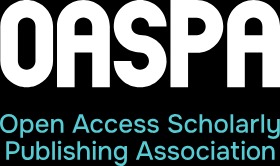Effect of Ethanolic Olive leaf and its Callus Ethanol Extracts in Alloxan- induced Diabetic mice (Blood glucose and lipid profiles)
DOI:
https://doi.org/10.24126/jobrc.2013.7.2.268Keywords:
Diabetic, Olive, leaves, callus, AlloxanAbstract
This study was designed to test the lipid-lowering and antidiabetic activities of olive leaf and its callus extract. Diabetes in mice was induced by intraperitoneal injections of alloxan. The serum glucose and serum lipid were examined. Diabetic mice showed hypeglycemia, hypelipidemia. The administration, for 2 weeks of olive leaf and its callus extracts significantly decreased the Total cholesterol (TC). Triglycerides (TG). Low density lipoprotein (LDL), very low density lipoprotein (VLDL). Both types of olive extracts had significant hypoglycemic effects on blood glucose levels in diabetic mice. This hypoglycemic effect was as potent as the hypoglycemic effect of insulin. However, the callus extract was more potent than the leaves extracts and most potent than insulin in causing a significant decrease in LDL, VLDL, TC, TG and in antidiabetic effects.
Downloads
Published
How to Cite
Issue
Section
License
This is an Open Access article distributed under the terms of the creative commons Attribution (CC BY) 4.0 license which permits unrestricted use, distribution, and reproduction in any medium or format, and to alter, transform, or build upon the material, including for commercial use, providing the original author is credited.











